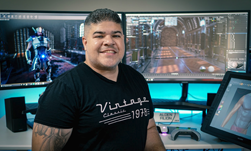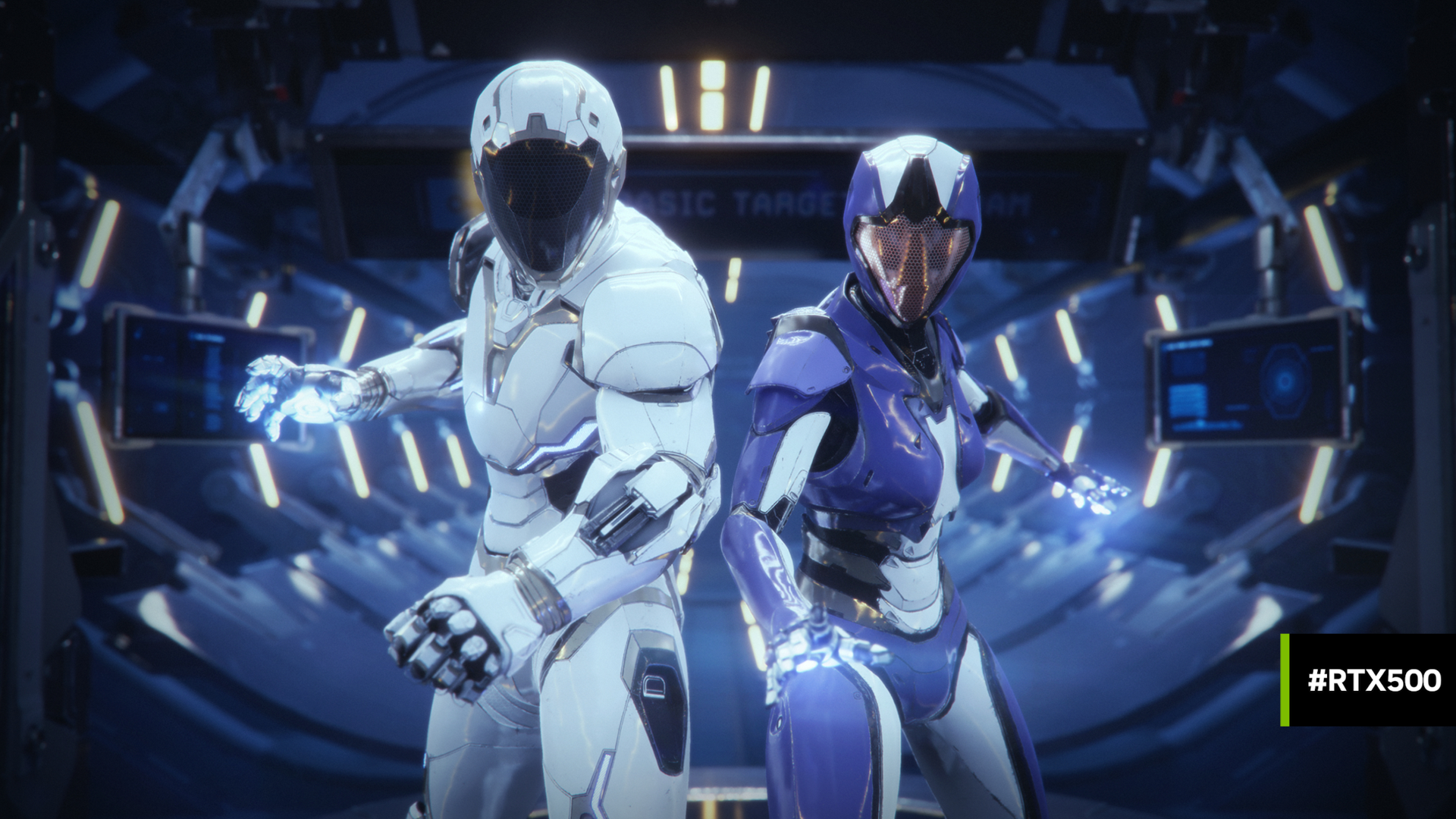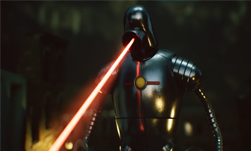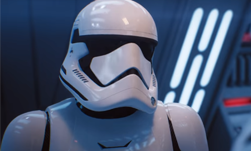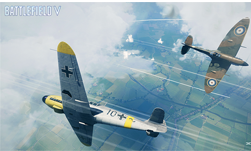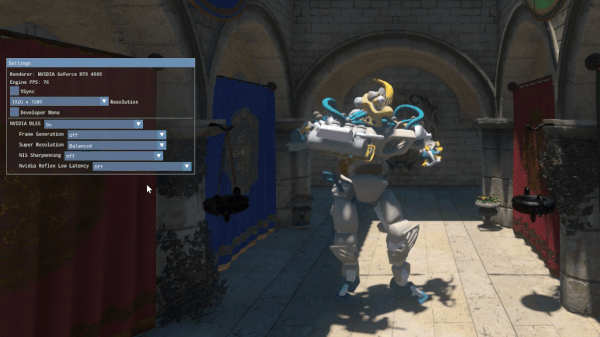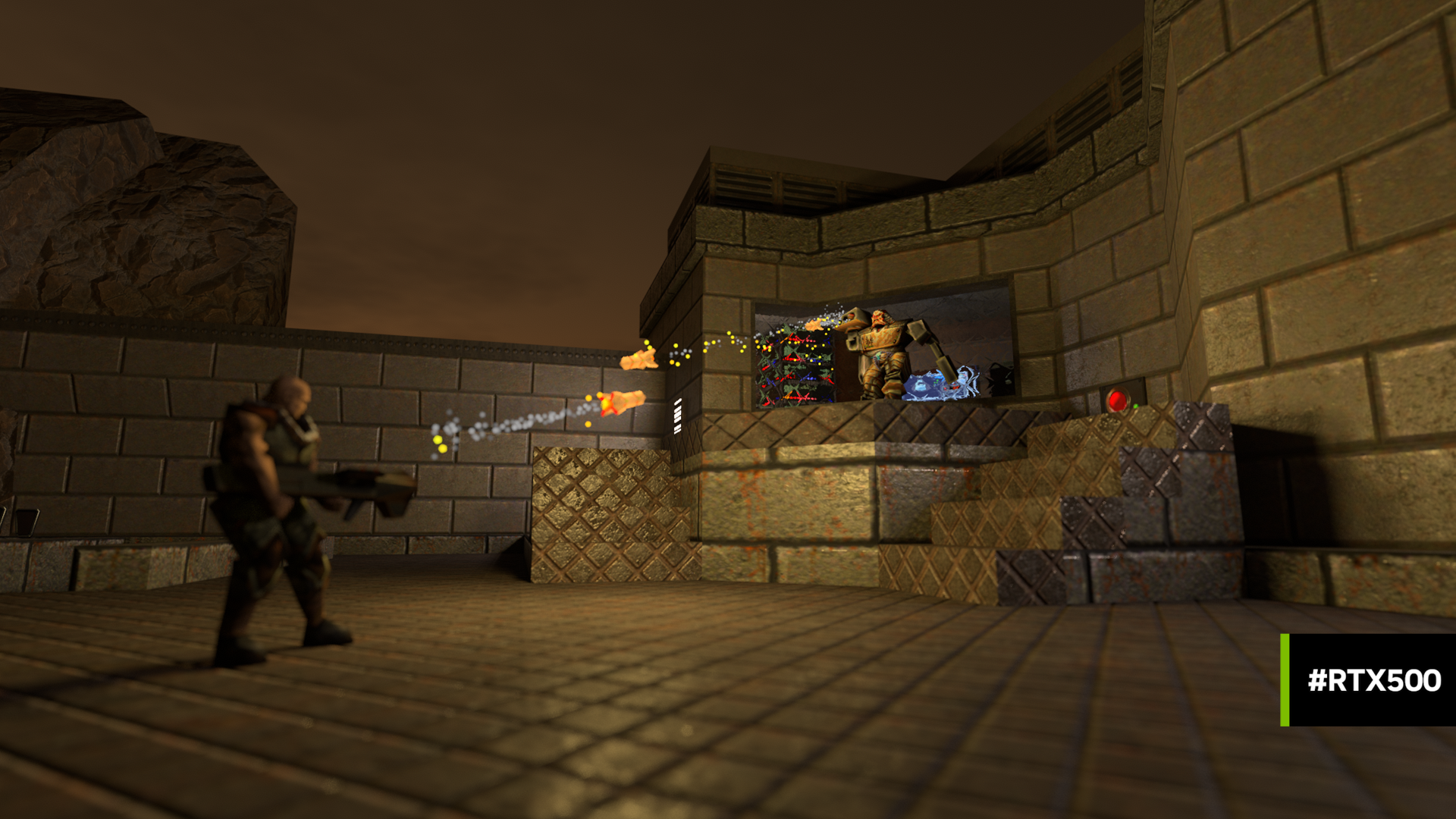NVIDIA RTX GPUs arrived at the end of 2018, supported by AAA releases like Battlefield V, Metro: Exodus, and Control. Real-time ray tracing is a game changer; it’s the defining feature of the new-generation of video games. But what does the technology mean for indie developers?
Diode, a DXR Spotlight Contest Winner, shows off what small teams can do with real-time ray tracing. Looking at the trailer below, you wouldn’t think that this game is being built by just one person; it features all the visual dazzle you’d expect from a big-budget studio.
We talked with the game’s creator,, Alden Filion, to get an idea of how he captured Diode’s impressive high-gloss look.
NVIDIA: What is the development team size for Diode?
Alden: Diode is developed by just me. It’s my passion project I work on during my free time. Development team size of 1…for now.
NVIDIA: Was it always your plan to incorporate real-time ray tracing into Diode?
Alden: I’m always trying to push visual fidelity and tech with my art. As soon as I heard that Nvidia announced hardware ray tracing, I knew it was going to be a major player for next gen games. I was driven to have Diode be in the forefront of real-time tech to the best of my capacity.
NVIDIA: Diode is visually stunning. The effects that really drew our eyes were the reflective puddles and the luminous gothic windows. How did you decide which DXR features to incorporate into the demo?
Alden: Thank you for the kind words. Initially performance was the main motivator for some of my choices. I’m using ray tracing for reflections, ambient occlusion, and shadows. It has been pretty impressive to see real-time ray tracing mature since early this year. Both Nvidia drivers and Unreal Engine have improved ray tracing performance by a factor that I didn’t think was going to be possible, this early on.
NVIDIA: A lot of developers starting out with DXR struggle with performance because they try to make everything reflective. Do you have any advice on materials to use when building an environment that will be ray traced?
Alden: Ray tracing comes with a different set of performance challenges. Roughness values for materials comes at an added expense. Things like ray traced shadows from a directional light comes at a one-time cost but can have lots of visual value for your project. Visually, you shouldn’t want the level to look like a hall of mirrors, so my advice is to break up surfaces so there are intentionally rough surfaces and obviously reflective ones like puddles and metals. This will be both visually appealing and performant.
NVIDIA: How long did it take to develop the Diode tech demo?
Alden: Diode itself has been in the creative oven since about 2014. This particular game demo was started from scratch in January 2019 and it took me about 3-4 months to complete.
NVIDIA: Did you experience any bottlenecks or challenges when incorporating real-time ray tracing into the demo? If so, how did you overcome them?
Alden: When you are working with new tech, there are bound to be some growing pains as it matures. When ray tracing features first hit Unreal Engine, you had to grab your own build of the editor from github and compile it. All the settings to access the features had to be done through typing console commands, and there was very little documentation. As time passed, everything continued to mature and now it is all accessible through the post process volume in UE4. I’m glad I became familiar with all the console commands because they still are kind of a secret weapon to optimize settings.
NVIDIA: What tips would you provide to other developers new to real-time ray tracing?
Alden: Dive into ray tracing as soon as possible. This is a monumental moment for real-time graphics. We haven’t seen this big of an impact since per pixel shaders entered the scene and normal maps were introduced. The quicker everyone gets familiar with how to use it in there projects, the sooner we can mature this tech together and get gorgeous games into the hands of players.
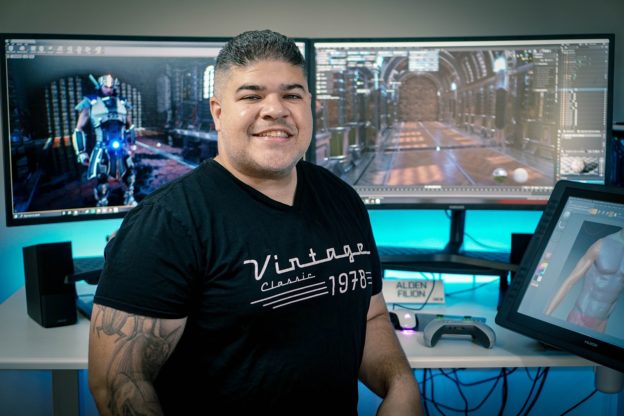
NVIDIA: You’ve worked on several AAA games in the past… how did that prepare you for building the Diode demo?
Alden: I’ve been developing games since the OG Xbox and PS2 days. I am currently working on AAA titles for Certain Affinity as a Senior Lead Environment Artist. In my career I have had my hands in many aspects of game development.
I’m the guy who goes and talks to every department to figure how and why they are putting elements into the game. As a map lead, I’m one of the funnels to get content into the level. I’ve had the pleasure to develop some close bonds with friends in the industry. I’ve tried to piece together all that knowledge from my friends and focus it into Diode.
NVIDIA: What’s next for Diode?
Alden: My next steps are to try and secure some grant funding as I head out of prototype and into an actual production cycle. Since this is my passion project, I have to balance both my normal work and family schedules first. Using some of my experience of shipping titles, I have come up with several unique methods to speed up development. It’s the reason I was able to build this prototype in such a compressed timeline. Realistically, I will outsource some of the content, while I spend my nights integrating those assets while developing the spirit and player experience of the game. My goal is for this to be a premier indie title in early 2021 for PC and console.
NVIDIA: If readers download the demo of Diode, what would you want to make sure they pay attention to?
Alden: I would want players to realize that this is a prototype and not a finished game, even though at times it might appear that way. That being said I am really looking for feedback on any aspect of the game. So I urge anyone who plays the demo to please send me some feedback. I would love to hear what players think.
There is a brand new build available here: https://aldenfilion.itch.io/diode.
NVIDIA: What was your biggest personal learning from working on this project?
Alden: I’ve learned where my upper limits are in game development. Diode continues to push my skill sets and has made me very aware of the value in balancing expectations and schedules with laser focus. Even if I only get to work on it a couple hours some nights, I know that if I’m making forward progress no matter how small, it will always pay off in the end. The results of that mind set continue to exceed my own personal expectations of the project.
